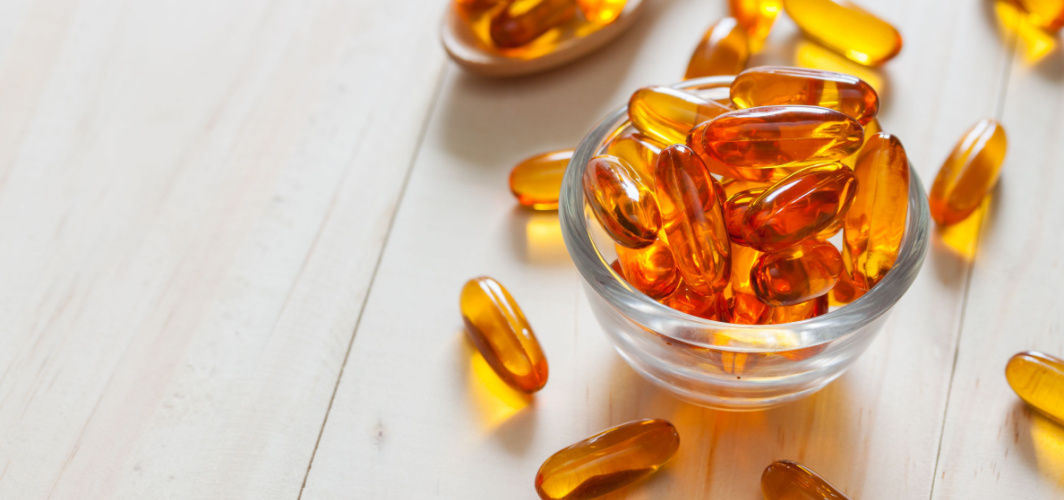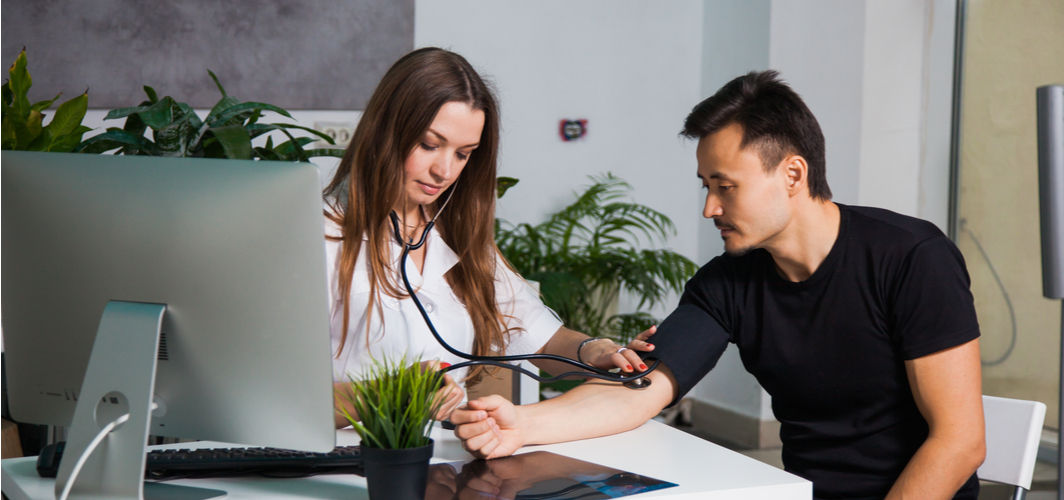Heart Conditions
Sudden Drop In Blood Pressure On Standing? Know What It Means
4 min read
By Apollo 24|7, Published on - 29 May 2023, Updated on - 16 June 2023
Share this article
0
10 likes

When you suddenly stand up after lying down or sitting for a while, your posture changes. This change makes your blood pool in the lower part of your body owing to gravity. It is a normal response of your body.
When the blood pools in your legs, your body starts working to circulate the blood to your brain with sufficient oxygen. However, when your body fails to push the blood properly, your blood pressure falls, indicating postural hypotension, a cardiovascular condition. This can make you feel dizzy, or you may faint. let's know more about this condition and the ways to deal with them.
What is Postural Hypotension or Orthostatic Hypotension?
Orthostatic means an upright posture and hypotension means low blood pressure. Therefore, a sudden fall in blood pressure upon standing from a sitting position is called orthostatic hypotension or postural hypotension. The normal blood pressure is considered to be 120/80 mmHg. Blood pressure at or below 90/60 mmHg is considered low pressure. Similarly, if there is a drop of 20/10 mmHg in the blood pressure within 3 minutes of changing the posture (standing), it may indicate orthostatic hypotension.
What are the Symptoms of Postural Hypotension?
The following are the common symptoms of orthostatic hypotension:
- Dizziness, unsteadiness, or lightheadedness upon standing
- Weakness
- Confusion
- Blurry vision
- Syncope (fainting or passing out)
When to Consult a Doctor?
An occasional drop in blood pressure may not be a cause of concern as it may occur due to various reasons, such as low blood sugar, dehydration, or standing up after sitting for a long time. Most importantly, the symptoms go away on their own once you adapt to the positional change. However, if episodes of postural hypotension are frequent, you should seek medical assistance at the earliest.
What are the Causes of Postural Hypotension?
Some of the common explanations include the following:
- Dehydration: You can be dehydrated for different reasons, including severe diarrhoea, fever, or simply not drinking water adequately. Dehydration may lead to a reduction in blood volume, causing orthostatic hypotension.
- Hormonal problems: Low or high blood sugar, thyroid gland disorders, and Addison's disease (adrenal insufficiency) may also lead to postural hypotension.
- Cardiovascular issues: Heart ailments, such as heart attack, bradycardia (low heart rate), heart valve disorders, and heart failure, may also interfere with proper blood circulation when you get up after sitting.
- Neurological disorders: Conditions related to the nervous system, like Parkinson's disease, Lewy body dementia (LBD), multiple system atrophy (MSA), and amyloidosis, are likely to affect your body's response to managing blood pressure.
- Having meals: Some older people are prone to have a low blood pressure reading right after eating. This condition is known as postprandial hypotension.
What are the Treatment Options for Orthostatic Hypotension?
The treatment for orthostatic hypotension depends on the causes. Apart from treating the underlying cause, some of the prevalent treatment options include the following:
- Medication adjustment: Dose adjustment or changing the medication that may be responsible for your condition.
- Compression: Wearing compression stockings is another way to boost blood flow while reducing the signs of postural hypotension.
- Hydration: Drinking plenty of water and other fluids to prevent dehydration.
- Medication: Although people with postural hypotension rarely need medications, your doctor may prescribe the following medicines to improve blood pressure:
- Droxidopa
- Fludrocortisone
- Erythropoiesis-stimulating agents
- Octreotide
- Desmopressin
- Pyridostigmine
- Midodrine hydrochloride
Most people with postural hypotension do not need medication. Taking preventive measures can help manage the symptoms well. However, frequently losing your balance or passing out can be risky. Therefore, it is advisable to visit your doctor if you are experiencing recurrent episodes of orthostatic hypotension.
Consult Apollo’s Expert Doctors
FAQs
1. What are the risk factors for developing postural hypotension?
The risk factors of orthostatic hypotension include:
- Being 65 years or more
- Taking high blood pressure medications
- Pre-existing cardiovascular diseases
- Being bed-ridden for a long time
- Prolonged exposure to heat or hot weather
- Drinking alcohol
2. What are the complications of orthostatic hypotension?
The complications include stroke, heart disease, and injuries due to falling.
3. Can postural hypotension go on its own?
Yes, a bout of postural hypotension often ends once you lie down or sit. Meanwhile, if you fall or pass out, you must consult a doctor for appropriate treatment.
4. Can working out help manage postural hypotension?
Doing cardiovascular exercises and strength training, such as jogging, walking, or swimming, is likely to help you manage the symptoms of this condition.
5. What are the other names for orthostatic hypotension?
The other terms are neurogenic orthostatic hypotension, orthostasis or positional hypotension.
Medically reviewed by Dr Sonia Bhatt.
Heart Conditions
Leave Comment
Recommended for you

Heart Conditions
Can Omega-3 Fish Oil Improve Your Heart Health?
Discover the crucial link between Omega-3 fish oil and heart health. Learn how these essential fats benefit your cardiovascular well-being.

Heart Conditions
What Does A Lipid Profile Test Indicate?
The lipid profile test plays a crucial role in assessing cardiovascular health. This informative blog covers the importance of lipids in the body, the purpose and timing of the test, preparation guidelines, interpreting the results, and its overall significance for maintaining optimal well-being.

Heart Conditions
Low Blood Pressure (Hypotension): Symptoms, Causes, and Treatment
Abnormally low blood pressure (hypotension) can lead to dizziness and loss of consciousness. Chronically low blood pressure can also signal an underlying health condition such as an inadequate flow of blood to vital organs.
Subscribe
Sign up for our free Health Library Daily Newsletter
Get doctor-approved health tips, news, and more.
Visual Stories

Lower Your Cholesterol Naturally with These 7 Foods
Tap to continue exploring
Recommended for you

Heart Conditions
Can Omega-3 Fish Oil Improve Your Heart Health?
Discover the crucial link between Omega-3 fish oil and heart health. Learn how these essential fats benefit your cardiovascular well-being.

Heart Conditions
What Does A Lipid Profile Test Indicate?
The lipid profile test plays a crucial role in assessing cardiovascular health. This informative blog covers the importance of lipids in the body, the purpose and timing of the test, preparation guidelines, interpreting the results, and its overall significance for maintaining optimal well-being.

Heart Conditions
Low Blood Pressure (Hypotension): Symptoms, Causes, and Treatment
Abnormally low blood pressure (hypotension) can lead to dizziness and loss of consciousness. Chronically low blood pressure can also signal an underlying health condition such as an inadequate flow of blood to vital organs.
